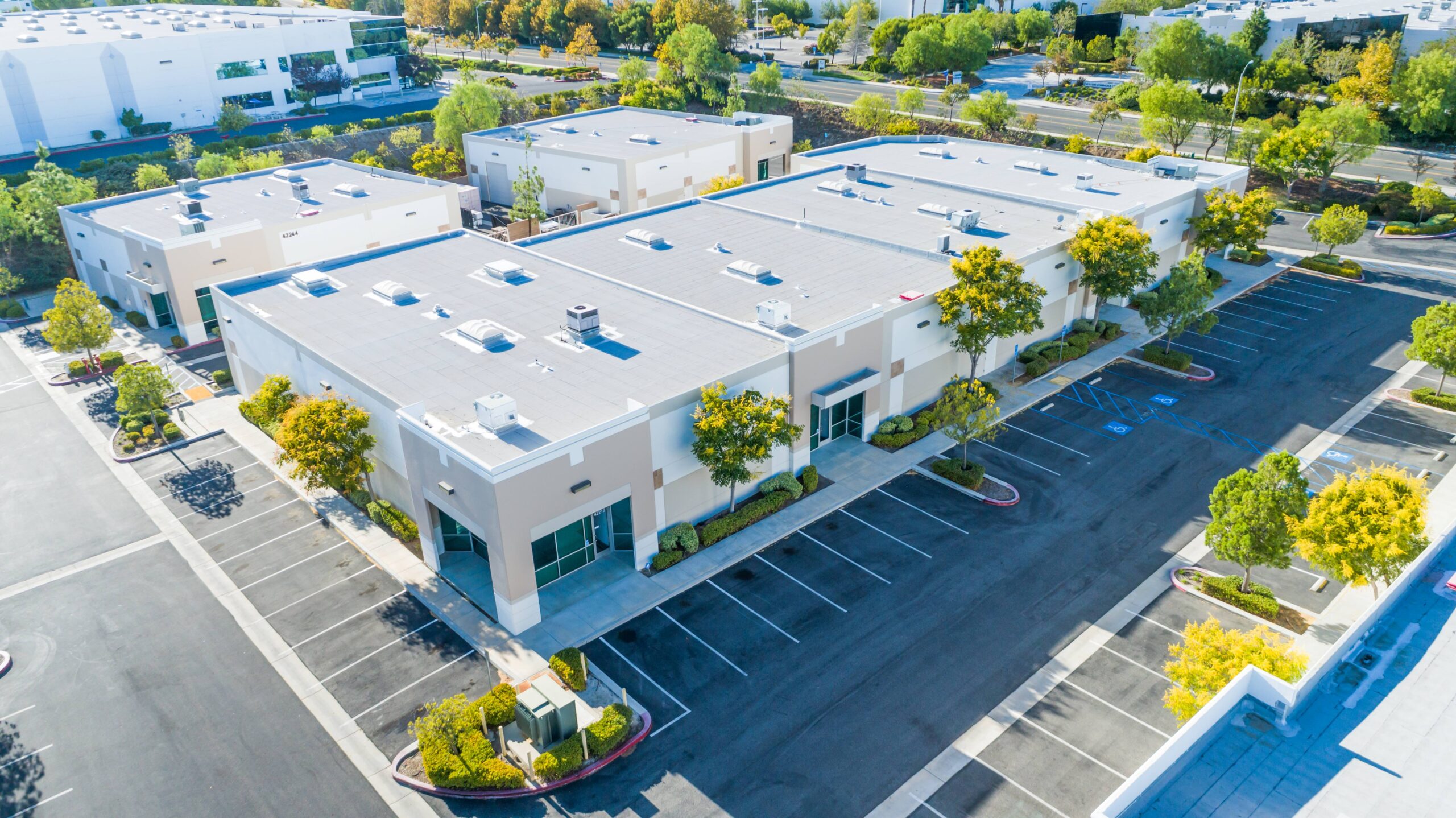Unlocking Opportunities: A Guide to Commercial Real Estate Refinancing


Commercial real estate (CRE) is an asset class known for its potential to generate substantial returns for investors and businesses. However, to maximize these benefits and navigate the dynamic market, property owners often turn to a financial strategy known as commercial real estate refinancing. In this article, we will explore what commercial real estate refinancing is, why it’s essential, how it works, and the key considerations involved.
Commercial real estate refinancing refers to the process of replacing an existing loan on a commercial property with a new loan. The primary purpose of refinancing is to secure better terms, lower interest rates, or access equity in the property. This financial maneuver can provide property owners with several advantages, including reduced borrowing costs, improved cash flow, and the ability to fund property improvements or other investments.
Refinancing is essential in the world of commercial real estate for several reasons:
The first step in commercial real estate refinancing is a thorough assessment of your property’s current financial standing and your goals. Determine whether refinancing makes sense based on factors like current interest rates, the remaining term of your existing loan, and the financial health of your property.
To secure refinancing, you’ll need to prepare essential documentation, including:
Research potential lenders and loan options to find the best fit for your needs. Once you’ve chosen a lender, submit your application. The lender will review your documentation and assess the property’s financial viability.
The lender will conduct a comprehensive due diligence process, which may include site inspections, environmental assessments, and title searches. During underwriting, they will evaluate the risk associated with your loan application and determine the terms and conditions.
Once your loan is approved, you’ll move to the closing stage. Here, you’ll sign the necessary documents, and the funds will be disbursed. You can use these funds to pay off your existing loan and access any cash-out proceeds.
When refinancing, consider the length of the loan term. Shorter terms may have lower interest rates but higher monthly payments, while longer terms may offer lower monthly payments but higher overall interest costs.
Interest rates are a critical factor in refinancing. A lower interest rate can lead to substantial savings over time. Consider whether a fixed-rate or variable-rate loan is more suitable for your needs.
The LTV ratio is the loan amount compared to the property’s appraised value. Lenders often have LTV limits, and a lower LTV may result in better loan terms.
Don’t forget to factor in closing costs and fees associated with refinancing. These expenses can impact the overall cost-effectiveness of the transaction.
Check your existing loan agreement for prepayment penalties. These fees can make refinancing less cost-effective.
Your personal and business credit history will influence your ability to secure favorable refinancing terms. Maintain a strong credit profile to increase your chances of success.
Commercial real estate refinancing can be a powerful financial tool for property owners and investors. By carefully evaluating your current loan terms, market conditions, and financial goals, you can make informed decisions that enhance your property’s profitability and your overall real estate investment portfolio. To make the most of the opportunities that commercial real estate refinancing offers, consult with financial experts and explore the possibilities that align with your objectives.